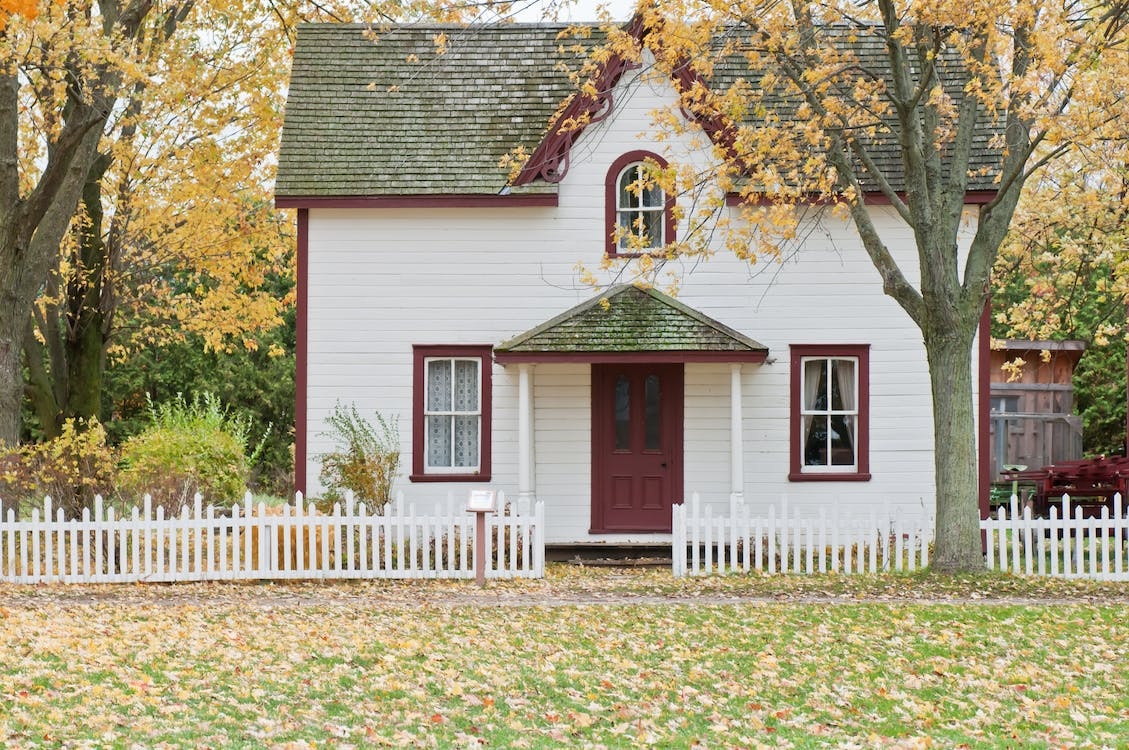Distinguishing House and Home: Exploring the Essence of Shelter and Belonging
The terms “house” and “home” are often used interchangeably, yet they carry distinct connotations that encompass not only physical structures but also the emotional and personal aspects of human existence. A house is a tangible structure, while a home embodies a sense of belonging, comfort, and identity. Let’s delve into the differences between a house and a home, exploring the intricate relationship between the physical and emotional aspects of shelter.
House:
Definition: A house refers to a physical structure, typically a building, that provides shelter, protection, and space for human habitation. It is an architectural entity constructed with walls, floors, a roof, doors, and windows. A house can range from modest dwellings to elaborate residences, each serving as a shelter from the elements and a space for daily activities.
Characteristics:
- Physicality: A house is a tangible structure made of materials such as wood, brick, concrete, and metal.
- Functional: It fulfills the basic need for shelter, offering protection from weather and external conditions.
- Design and Architecture: Houses can vary in design, size, layout, and architectural style based on cultural, regional, and personal preferences.
Home:
Definition: A home transcends the physical structure and encompasses the emotional and psychological aspects of shelter. It is a place where individuals and families find comfort, security and a sense of belonging. A home is imbued with memories, personal touches, and the relationships that define one’s identity and well-being.
Characteristics:
- Emotional Attachment: A home is infused with emotions, memories, and experiences that shape the sense of belonging and comfort.
- Personalization: Individuals decorate and arrange their homes to reflect their personalities, interests, and values.
- Relationships: A home is where families and friends gather, fostering connections, support, and shared experiences.
Key Differences:
- Physical vs. Emotional:
- A house primarily refers to the physical structure, while a home encompasses the emotional and personal connections that make a place meaningful.
- Function vs. Identity:
- A house serves the functional purpose of shelter, while a home embodies personal identity, comfort, and a sense of place.
- Tangibility vs. Intangibility:
- A house is a concrete, material entity, whereas a home includes intangible aspects like emotions, memories, and relationships.
- External vs. Internal:
- A house is influenced by external factors such as architecture and design, while a home is shaped by internal factors like personalization and relationships.
- Transient vs. Permanent:
- A house can change occupants, while a home maintains a consistent sense of belonging and emotional connection.
Cultivating a Home from a House:
Transforming a house into a home requires more than just physical structures and furnishings. It involves infusing the space with personal touches, nurturing relationships, and creating an environment that reflects one’s values and aspirations. A home becomes a sanctuary where individuals find solace, share moments of joy and sorrow, and create a narrative of their lives.
Conclusion:
In the dichotomy between house and home, one discovers the multifaceted nature of shelter and belonging. A house is a tangible structure that offers protection, while a home is a space where emotions, memories, and relationships intertwine to create a sense of identity and comfort. Understanding this distinction allows us to appreciate the profound impact that both the physical and emotional aspects of shelter have on our lives and well-being.

